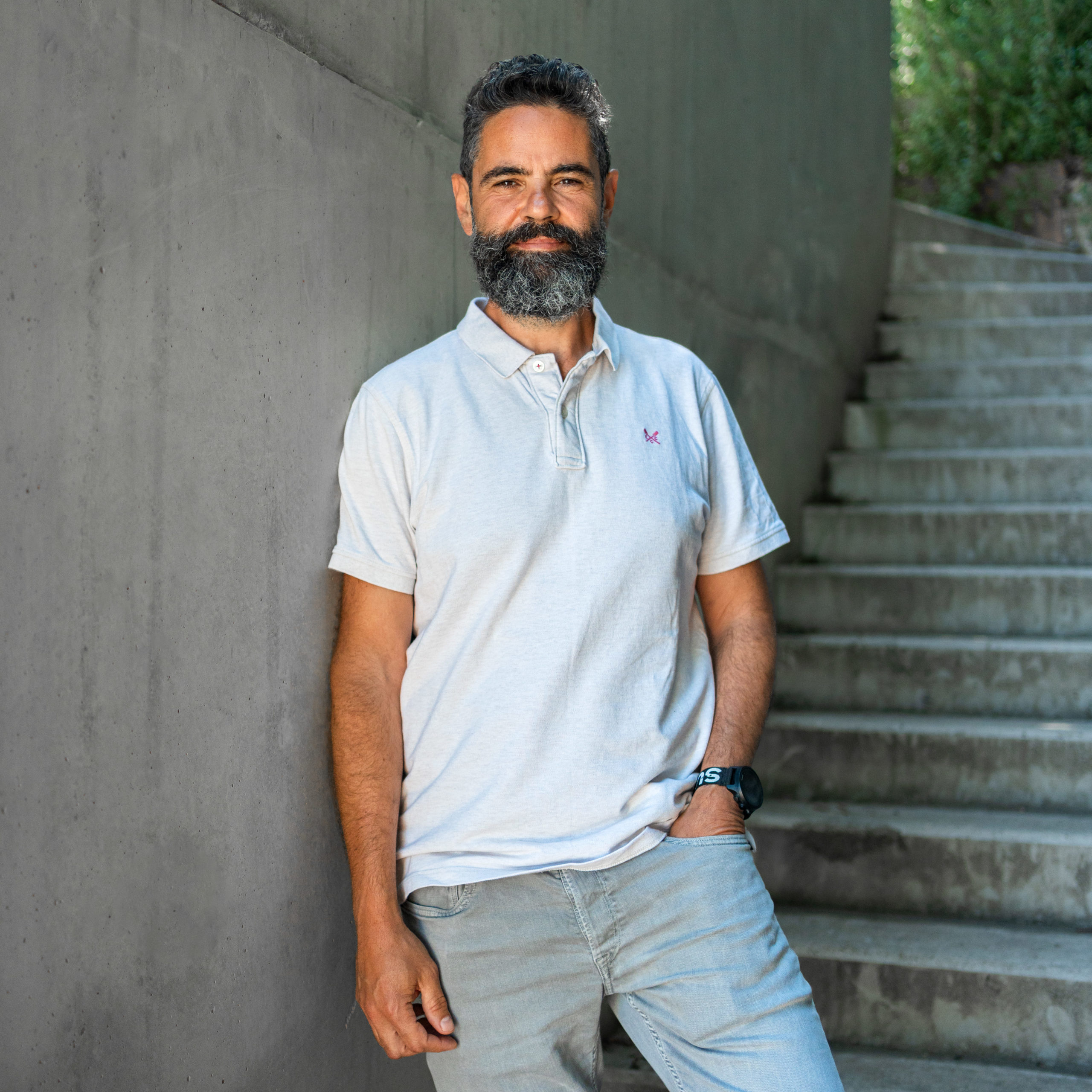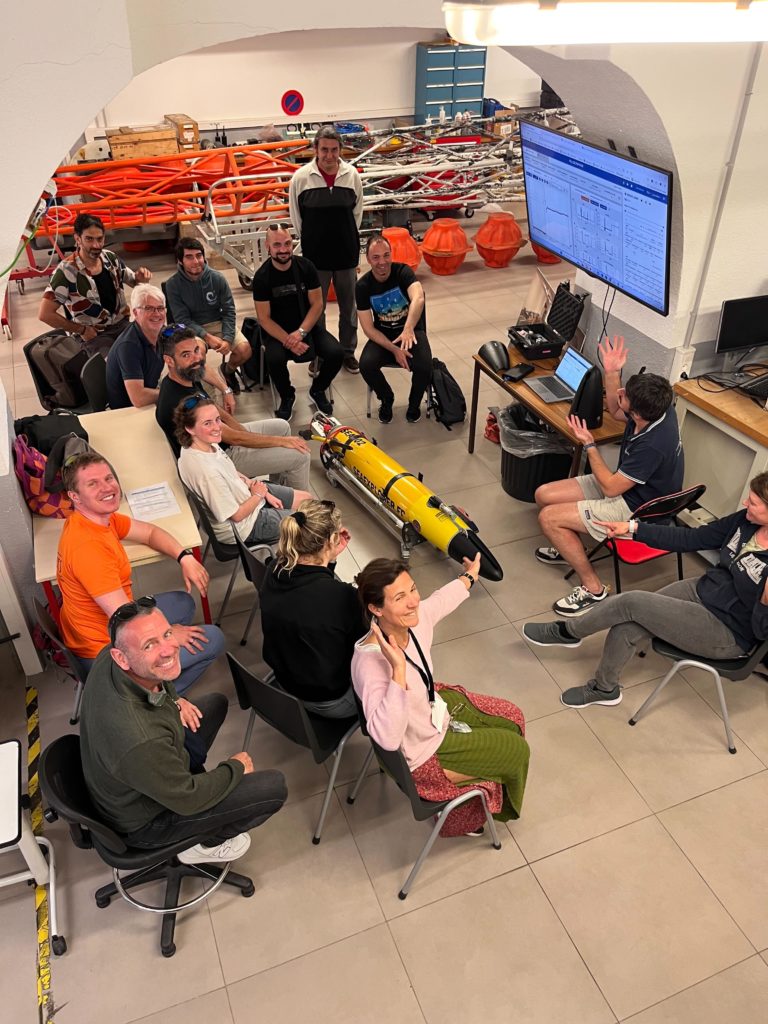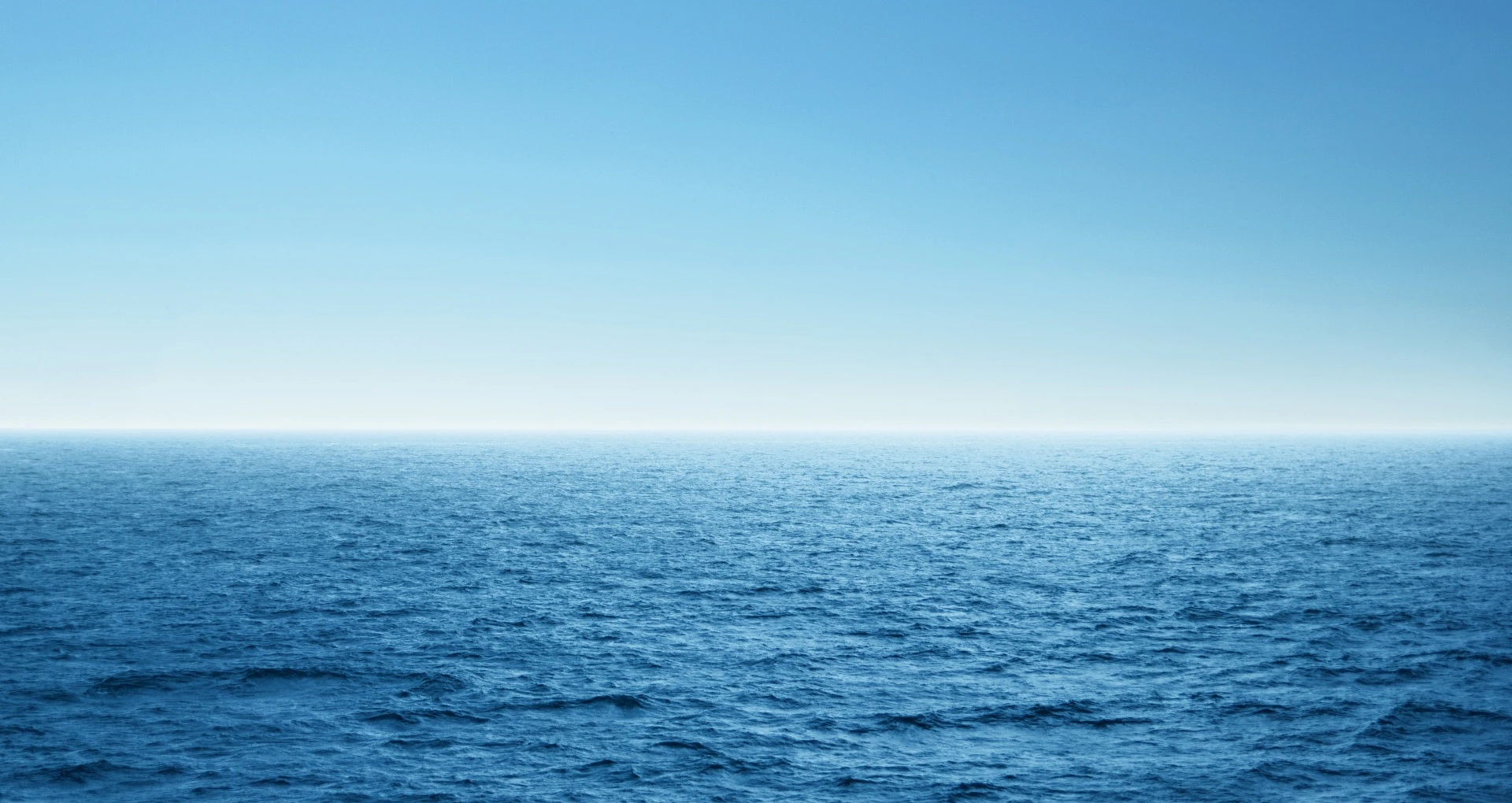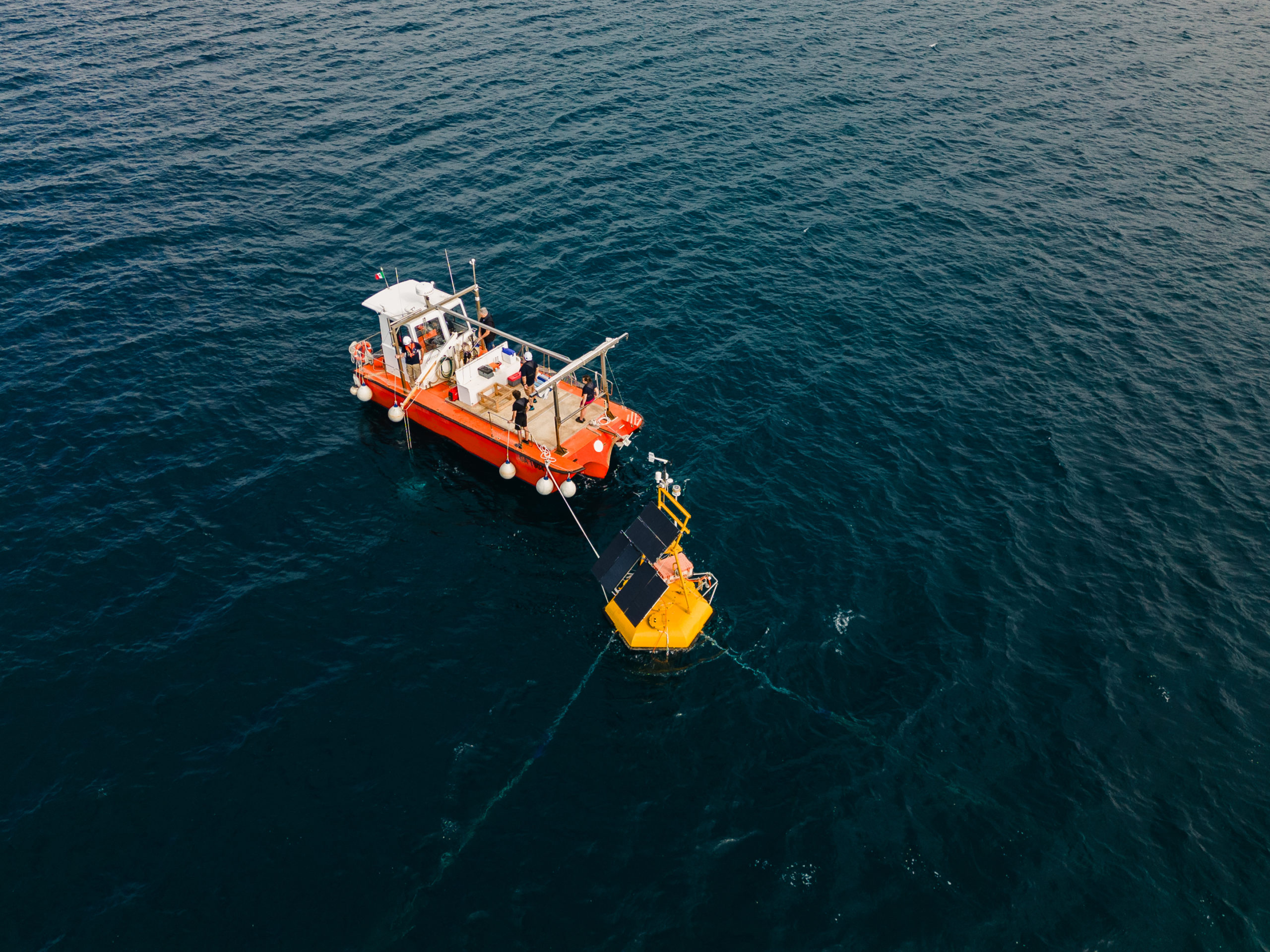Measuring carbon in the ocean, the largest ecosystem on Earth, is no easy job. Most of the measurements today are made using ship-based observations, but ship-based or fixed-location observations on moorings are never going to provide enough information from all parts of the ocean, with high enough resolution and frequency. Enter: autonomous ocean observations.
One of the aims of the GEORGE project is to enhance autonomous observations through the development of sensor technologies. The sensors are small pieces of hardware that can be deployed at sea installed inside autonomous platforms, to measure certain water parameters , including dissolved inorganic carbon, alkalinity, or methane.
Although autonomous observations aren’t exactly new, there is a lot of room for improvement. Most existing sensors are in their pilot stage and have shortcomings in terms of performance, measurement quality or endurance over long periods.
“The sensors are not really designed for long-term measurements: they often consume too much energy or have issues with biofouling, and signal drift overlong deployments compromising data quality. Some sensors also don’t meet the requirements for integration on autonomous platforms such as small size and low power consumption. These are the things we are improving through the GEORGE project”, says Dr Socratis Loucaides, Principal Scientist at the National Oceanography Center (NOC) and a lead of the GEORGE Work Package (WP) in charge of sensor development.

Each of the partners contributing to the WP brings their expertise to the table. National Oceanography Centre (NOC) has a long experience in developing new sensor technology from low Technology Readiness Level to commercialization. Alongside them, two commercial partners bring a perspective from the industry side: ClearwaterSensors and 4H Jena. University of Exeter has long experience in measuring CO2 fluxes between the sea and the atmosphere and developing technologies to do so autonomously. University of Las Palmas is working together with an industrial partner Oceomic on an autonomous sampler that can be installed on ships of opportunity. Ifremer, is providing their expertise in antifouling technologies, which are needed to keep sensors from being colonized by marine organisms during deployments.
The collaboration has been running very smoothly in the project overall. “There’s a lot of willingness in partners and the Research Infrastructures to make this work. Technologies are at a good level, we are testing things in water ahead of time with some really good results”, Loucaides says. “There is a well-connected network of partners that are global leaders in the field with a lot of knowledge to tap into.”

Making sensors smaller to bring down costs and increase usability
One of the aims of the WP2 is to integrate sensors into multi-sensor devices through miniaturisation, enabling multi-parameter measurements from single platforms, reducing manufacturing costs, power and reagent consumption. Achieving a good balance in these aspects will be important for ensuring the usability and cost-effectiveness of the technologies.
“It’s important to make the sensors smaller because in most cases it makes them cheaper and easier to integrate on smaller platforms. Smaller platforms can be deployed in large numbers enabling wide-scale observations across the ocean. ”, Loucaides says.
Designing a sensor capable of measuring multiple parameters, such as alkalinity and dissolved inorganic carbon simultaneously, keeping the size small and ensuring high data quality, presents a significant challenge.
“Fortunately technology develops quickly. We keep an eye on what becomes available in terms of hardware and see how it can be used in our applications. We are also always trying to be innovative with the chemistry to maximize the number of parameters we can measure and the quality of the measurement. A good example of this is the sensor that measures both total alkalinity and dissolved inorganic carbon ” Loucaides explains. “That’s very powerful because by measuring two carbonate parameters, you can characterise the whole carbonate system using a single sensor. This has not been done before.”
Addressing the challenges of miniaturisation while maintaining reasonable manufacturing cost, and reducing power and reagent consumption is done through active discussions with partners and several rounds of adjustments in the designs and materials. Making the sensors smaller, Loucaides says, does not automatically mean they become cheaper, as smaller sensors can require more sophisticated and thus costly materials. However, the end goal of GEORGE is to ensure the effective commercialisation of the technologies, so cost has to be considered from early on.
“The advantage of working with commercial partners is that they can advise on materials. How to make things more scalable and commercially viable is a continuous discussion.”
The design of the sensor is always done with the end user in mind
Designing the sensors involves collaboration with various platform manufacturers, who offer insights to the sensor development teams regarding the specific dimensions and other requirements of their platforms. Platforms encompass a range of vehicles, including floats, gliders, or unmanned surface vehicles, capable of conducting measurements at various ocean depths.
In most cases, integrating sensors onto platforms requires close collaboration between platform and sensor manufacturers. “The University of Exeter, for example, is developing a sensor in conjunction with the Sailbuoy manufacturer Offshore Sensing. The team at Offshore Sensing are making some modifications to the Sailbuoy, to accommodate the CO2 flux sensor and ensure good operation. Similarly, Alseamar has redesigned the nose of the SeaExplorer glider to accommodate the new pH, TA and DIC sensors”, Loucaides says.

In addition to developing new sensor technology, GEORGE is also focusing on improving ‘commercial off-the-shelf sensors’, some of which are already in use by the Research Infrastructures involved in the project. Improvements will include making these sensors faster for operation on gliders, and more accurate in deep waters and over longer deployments by incorporating calibrating standards.
Autonomous samplers developed through GEORGE will enable the collection of samples for the validation of long-term sensor datasets.
“It is often the case that sensor data from long-term deployments does not meet quality standards due to signal degradation and drift during deployments. Autonomous samplers can collect and preserve seawater samples for analysis in the lab after sensor recovery. These validation measurements can be used to correct and validate the sensor data from multi-month and year-long deployments. ”, Loucaides says.

Overall, the innovations in sensor and sampler technologies hold the potential to increase both quantity and quality of the data we can collect even from the least accessible regions of the ocean. .
“Some areas, such as the Southern Ocean, are not very accessible by ships especially during winter. We need autonomous technologies that can generate data across the globe for ideally several years at a time without the need of ships”, Dr Socratis Loucaides concludes.


